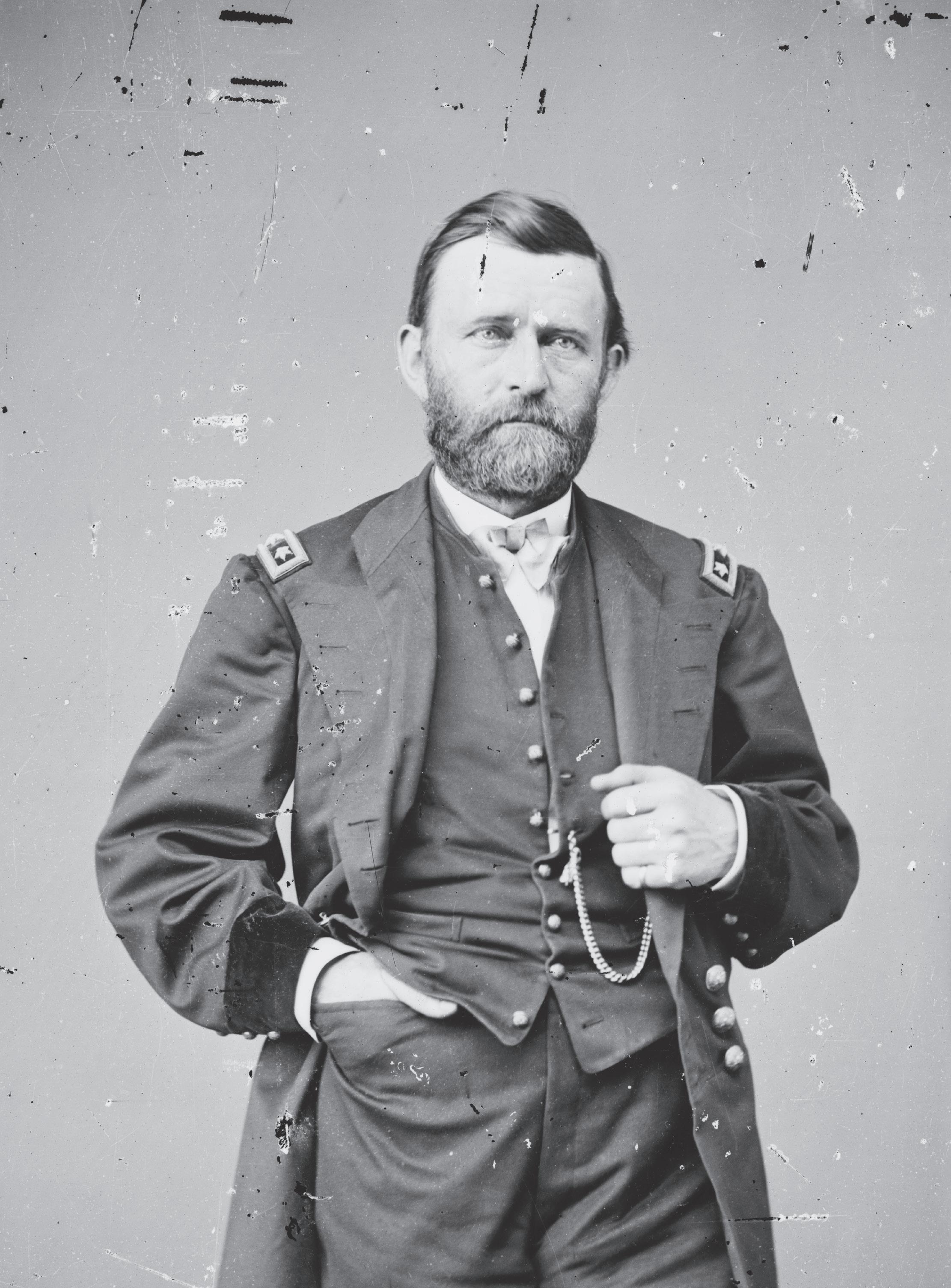
2 minute read
CALENDAR
GRANT
Union Saver
An admiration of Ohio’s own U.S. Grant on his 200th birthday.
BY CRAIG SPRINGER
Ohio is known for producing more United States presidents than any other state in the Union — eight in all, including several who were veterans of the Civil War. First among the veterans, and perhaps appropriately so, was General Ulysses S. Grant. Grant had the benefit of education as a boy, as his parents were of apparent means to pay for schooling. Grant attended private schools in Georgetown, as well as the Maysville Seminary across the river in Kentucky. In his late teens, he attended a school operated by the Presbyterian minister John Rankin in Ripley, Ohio. Rankin is perhaps best known as an ardent and outspoken abolitionist. He was perhaps the most significant conductor of freedom-seeking slaves on the Underground Railroad. It’s no great intellectual leap to think that Rankin’s ethos toward individual liberty affected the future warrior-president. Grant descended on his father’s side from a family longestablished in America, dating to the Massachusetts Bay Colony circa 1630. His great-grandfather served the British in the French and Indian War, and his grandfather aided the colonists’ cause at the famed American victory at Bunker Hill in the American Revolution. Perhaps, then, it was no surprise that the 5-foot, 2-inch 17-year-old Grant would accept an appointment to the United States Military Academy at West Point, New York, in 1839. His father, Jesse, a tanner by trade, was an avowed abolitionist Whig — as were many southern Ohioans at the time. He petitioned Congressman Thomas Hamer, a Georgetown, Ohio, schoolteacher, lawyer, and former speaker of the Ohio House of Representatives, for his son’s appointment to the military academy. Hamer obliged. The irony is palpable: Hamer was a pro-slavery Jacksonian Democrat. And there’s this: Hamer did not know the Grant family well, and his recommendation for the teenager erroneously named him “Ulysses S. Grant,” assuming the young man took his mother’s maiden name as a middle name. The congressman’s mistake in nomenclature turned Hiram in to “U.S.,” which became his nickname at the academy — short also for “Uncle Sam,” which also explains why friends and close associates also called him “Sam.” Grant completed his studies at West Point in 1843, by then having grown another 5 inches. The 5-foot, 7-inch
He was born Hiram Ulysses Grant two centuries ago this month along the Ohio River where it starts to make
its serious bend to the north toward
Cincinnati in Clermont County. It was April 1822 — not too far removed from the frontier period. His parents, Jesse and Hannah Simpson Grant, had made a home in Point Pleasant, Ohio, a year earlier, and in fact, just a few years after the tiny river town was platted.




